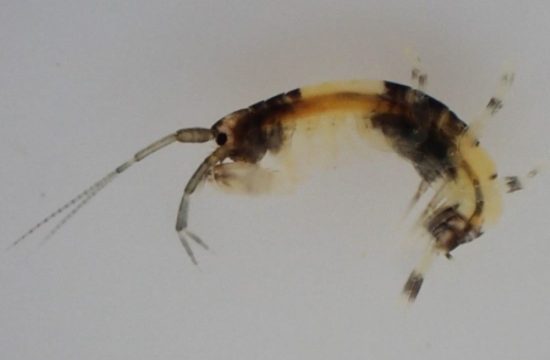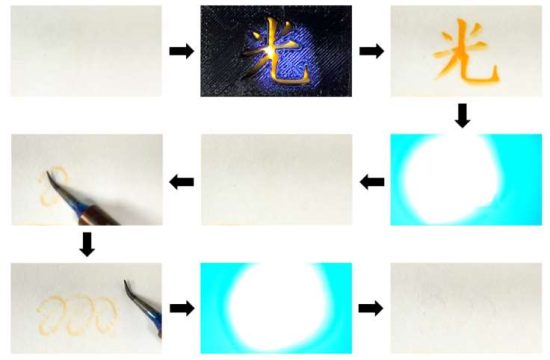Discovery of previously hidden channels through which warm water can access the underside of Thwaites Glacier will help determine whether melting of this UK-sized feature could accelerate in the future.
Munich—Newly discovered deep seabed channels beneath Thwaites Glacier in West Antarctica may be the pathway for warm ocean water to melt the underside of the ice. Data from two research missions, using aircraft and ship, are helping scientists to understand the contribution this huge and remote glacier is likely to make to future global sea level rise.
Researchers from the UK- and US-led International Thwaites Glacier Collaboration (ITGC) collected data from the glacier and adjoining Dotson and Crosson ice shelves during January–March 2019. While one team of international researchers collected airborne data flying over the glacier and ice shelf in a British Antarctic Survey Twin Otter aircraft, the other mapped the sea floor at the ice front from the US Antarctic Program icebreaker RV Nathaniel B Palmer.
Publishing this week in the journal The Cryosphere, thetwo research papers describe the discovery. Thwaites Glacier covers 192,000 square kilometres (74,000 square miles) – the size of Great Britain or the US state of Florida – and is particularly susceptible to climate and ocean changes.
Accelerating ice loss
During the past 30 years, the overall rate of ice loss from Thwaites and its neighbouring glaciers has increased more than 5-fold. Already, ice draining from Thwaites into the Amundsen Sea accounts for about 4 percent of global sea-level rise. A run-away collapse of the glacier could lead to a significant increase in sea levels of around 65 cm (25 inches), and scientists want to find out how quickly this could happen.
Lead author Tom Jordan, an aero-geophysicist at British Antarctic Survey (BAS), who led the airborne survey, says:
“It was fantastic to be able to map the channels and cavity system hidden beneath the ice shelf; they are deeper than expected – some are more than 800 metres deep. They form the critical link between the ocean and the glacier. The offshore channels, along with an adjacent cavity system, are very likely to be the route by which warm ocean water passes underneath the ice shelf up to the grounding line, where the ice meets the bed.”
Dave Porter at Columbia University’s Lamont Doherty Earth Observatory, who flew over Thwaites Glacier for the airborne survey, says:
“Flying over the recently-collapsed ice tongue and being able to see first-hand the changes occurring at Thwaites Glacier was both awe inspiring and disconcerting, but also gratifying to know the airborne data we were collecting would help reveal the hidden structures below.”
A clear view for the first time
Exceptional sea-ice breakup in early 2019 enabled the team on the RV Nathaniel B Palmer to survey more than 2000 square kilometres of sea floor at the glacier’s ice front. The area surveyed had previously been hidden beneath part of the floating ice shelf extending from Thwaites Glacier, which broke off in 2002, and in most subsequent years the area was inaccessible due to thick sea-ice cover. The team’s findings reveal the sea floor is generally deeper and has more deep channels leading towards the grounding line under the ice shelf than was previously thought.
Lead author Kelly Hogan is a marine geophysicist at BAS. She was part of the team surveying the seabed. She says:
“We found the coastal sea floor, which is incredibly rugged, is a really good analogue for the bed beneath the present-day Thwaites Glacier both in terms of its shape and rock type. By examining retreat patterns over this sea-floor terrain, we will be able to help numerical modellers and glaciologists in their quest to predict future retreat.”
“This research has filled a critical data gap. Together, the new coastal sea floor maps and the cavity maps track the deep channels for more than 100 km to where the glacier sits on the bed. For the first time we have a clear view of the pathways along which warm water can reach the underside of the glacier, causing it to melt and contribute to global sea-level rise.”









Greetings from Carolina! I’m bored to tears at work so I decided to check out your blog on my iphone during lunch break. I really liike the informjation you present here andd can’t wait tto take a look when I gett home. I’m surprised at how quick youur blog loaded on my moobile .. I’m not even using WIFI, just 3G .. Anyhow, wonderful blog!